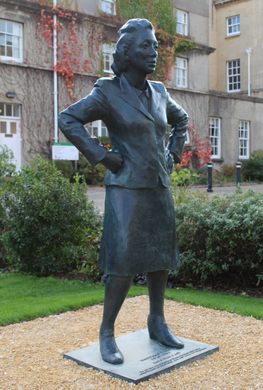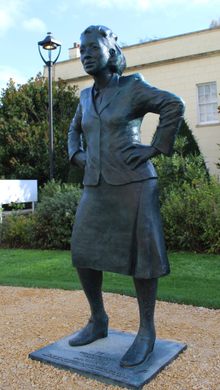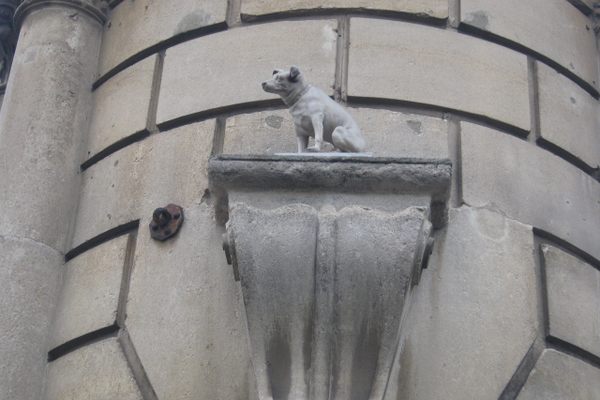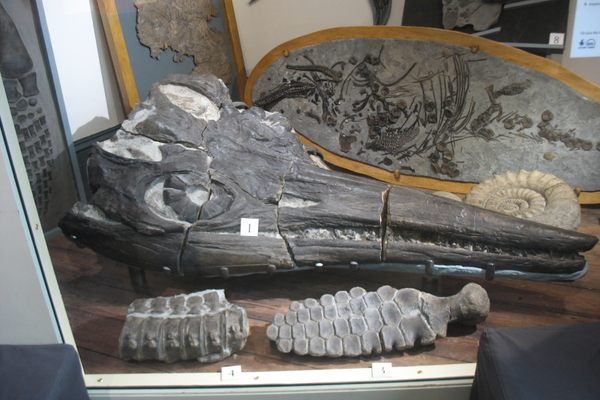Henrietta Lacks Statue
A monument dedicated to the unrecognized Black "mother" of modern medicine.
Born in 1920, Henrietta Lacks suffered a severe hemorrhage after giving birth to her fifth child. At Johns Hopkins, the only hospital in the area that treated Black patients at the time, she was diagnosed with cervical cancer and died nine months later at the age of 31.
During her treatments, two samples, one of healthy tissue and the other cancerous, were taken from Lacks’s cervix and given to cancer researcher George Otto Gey. He later created the first immortalized human cell line in history, known as HeLa, which is used for biomedical research to this day.
Despite her posthumous contribution to medical science, neither Lacks nor her family were ever compensated for the use of her cells. They also did not give her physicians consent to harvest them and were not even aware of HeLa’s existence until 1975. Even today, the Lacks estate remains in a legal battle against the medical world profiting off the HeLa line.
From the last decade onwards, Lacks has finally started to receive recognition for her legacies. For example, The New York Times published a belated obituary for her in 2018 and the National Women’s Hall of Fame inducted her in 2020.
In October 2021, a statue of Lacks was unveiled at the Royal Fort House by the University of Bristol. Created by local artist Helen Wilson-Roe, who spent 16 years working with the Lacks family, it was the first public sculpture of a Black woman made by a Black woman in the United Kingdom.























Follow us on Twitter to get the latest on the world's hidden wonders.
Like us on Facebook to get the latest on the world's hidden wonders.
Follow us on Twitter Like us on Facebook